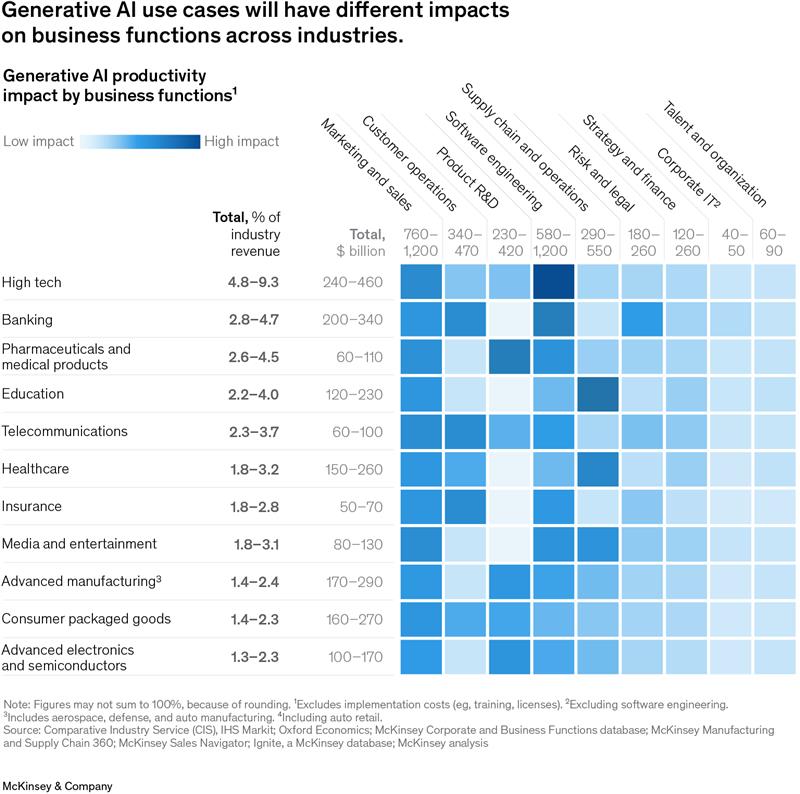The adoption of technology has become a key distinction in an overly competitive retail market of 2025. Retailers are shifting their attention towards Salesforce with a desire to achieve a powerful solution to facilitate the operations, provide better customer experience, and growth. But what is so attractive about Salesforce? This article explains the main advantages, issues that are being experienced in relation to Salesforce implementation, and the good ROI that is being measured by the retailers.
The advantages of the Salesforce
1. Unified Customer Data
Within the field of customer management, unified customer data has become increasingly important.The area of customer management has gained importance whereby, unified customer data is necessary.
Unifying customer data in all touchpoints is one of the major strengths enabling Salesforce to utilise all customer interactions online and offline, as well as customer services and supply chain interactions. The 360-degree view enables retailers to better understand their customers, allowing them to provide personalised experiences that foster loyalty and engagement.
As an illustration, a giant shopping chain can follow the history of browsing, previous purchases, and services encounters of the customer. This information allows conducting custom marketing campaigns and presenting customized offers on individual products, increasing the chance of conversion greatly.
2. Increased Customer Interaction and Experience.
Omnichannel, personalised experiences are enabled by the broad collection of the Salesforce tools, including Marketing Cloud, Service Cloud, and Commerce Cloud.
Retailers will be able to automatize any targeted marketing campaign, offer real-time service with assistance AI chatbots, and provide homogenous experiences in-store, online, and on mobile applications.
Intelligent automation also enables retailers to have quick reactions in answering the inquiries of customers, addressing problems preemptively, and ensuring that the customer level of satisfaction is high, which will lead to long-term loyalty.
3. Unified Omnichannel Commerce and Enhanced Ecommerce Capabilities
Retailers are provided with the most advanced ecommerce powerhouse by Salesify due to its single commerce platform, which tightly combines online and offline shopping. Retailers will have a chance to provide customers with a familiarised, tailored experience across the web, mobile applications, in-store and social media. Delivery details like real-time inventory tracking, effortless store order control, and versatile fulfilment (Buy Online, Pick Up In-Store is BOPIS) make the experience convenient and less cumbersome when it comes to the customer experience.
The Salesforce Commerce Cloud includes built-in artificial intelligence to promote personalised products, promotions, and voice-assisted shopping, training products to help increase conversion rates and average order value. Further, Salesforce has headless commerce, and no-code CMS solutions that facilitate rapid customization and expansion of ecommerce shops. These new ecommerce features not just enable the retailers to add greater revenues to their growth but also improve the operational processes and thus leading to greater customer satisfaction and subsequent loyalty in the current competitive retail environment.
4. Automated and lean Operations.
Automation capabilities of Salesforce enable retailers to streamline inventory levels, fulfill orders, and the scheduling of the staff. The tools powered by AI forecast demand, minimize stockouts and overstocking – saving money and earning better margins. In fact, an example is a grocery chain that will be able to automate inventory mixing, depending on predictive analytics that will guarantee that shelves are replenished at the most optimal time, and without over-taking surplus.
5. More Data and analytics: making better decisions.
This is made easier by the fact that Salesforce has powerful analytics which helps retailers to understand sales performance and customer behaviours as well as efficiency in supply chain. The insights can be applied in making superior strategic choices which include the optimisation of promotional campaigns as well as expansion of product lines. Sellers who implement Salesforce have the opportunity to utilize real-time dashboards to track KPIs and respond immediately to the new trends and, thus, stay competitive.
Difficulties in the course of Salesforce Adoption.
Even though the advantages are obvious, the process of switching to Salesforce has certain obstacles:
1. Migration and Integration of Data.
The process of migrating data between the legacy systems and integrating Salesforce with the rest of the tools may be complicated and resource-consuming. Another common challenge is compatibility problems, data quality and system modification.
2. User Adoption and Training
The successful deployment of Salesforce is based on extensive adoption of users. The underutilisation will be caused by resistance on the part of staff that are not acquainted with the platform. This barrier can only be overcome by adequate training and change management.
3. Cost and Budget Management
The process of implementing Salesforce may be expensive, particularly to a small and mid-sized retailer. On unexpected customization requests or lengthy implementation periods, this can cause budget overruns.
4. Individualisation and Customisability.
The retail setting is heterogeneous, and it needs individual solutions. It is a fine line to walk between making Salesforce overcomplicated by customising the system and tailoring it to specific business processes.
5. Information Privacy and Security.
The management of customer data is very essential. The need to be in compliance with GDPR, HIPAA, etc decreases data security, which requires retailers to adhere to these regulations and make Salesforce deployment more complex.
Return on Investment (ROI)
In spite of these obstacles, Salesforce has got a strong ROI. The retailers claim more income by boosting customer interactions, operational savings, and data understanding.
As an illustration, a fashion company that had stores worldwide saw its sales grow by 20% in the first year of adopting Salesforce, mainly through its targeted marketing and personal shopping. Furthermore, the fees of operation were reduced because of automation and optimisation of the processes.
Further, higher customer satisfaction and loyalty also equates to better lifetime value, lessening churn and enhancing repeat business.
How Metromax Solutions Can Help Retailers Maximize Salesforce Benefits
The effective implementation of Salesforce in the present-day rapidly changing context of retailing is not limited by the implementation of technological tools per se; the knowledge of an expert, the customization, and full support are required. Metromax Solutions is a reliable partner firm to help the retailers to execute Salesforce with ease in their marketing, sales and service processes to drive quantifiable business increment their expertise in Salesforce profession enables them to work closely with retail customers,understanding their unique operations and business goals to create a customized solution that addresses specific salesforce opportunities and needs.
Metromax Solutions is end-to-end Salesforce implementation, which will ensure a smooth integration with already implemented systems like ERP, CRM, and the supply-chain-platform. They deal with the issue of data migration, system customization, and automation of the working process to streamline retail businesses without breaching the industry restrictions.
Conclusion
The practical advantages of the transition to Salesforce are increased data integration capabilities, customer experiences, and operational efficiencies and strategic insights, which are essential in the modern dynamic retail space. Despite the presence of such challenges as data migration, user adoption, and expenses, the ROI can be significant enough to make Salesforce an investment worth considering to remain in the game in case of a retailer.
Finally, Salesforce is reshaping retail to have a more connected, efficient, and customer-focused operation, which will be critical in the competitive environment in 2025.




